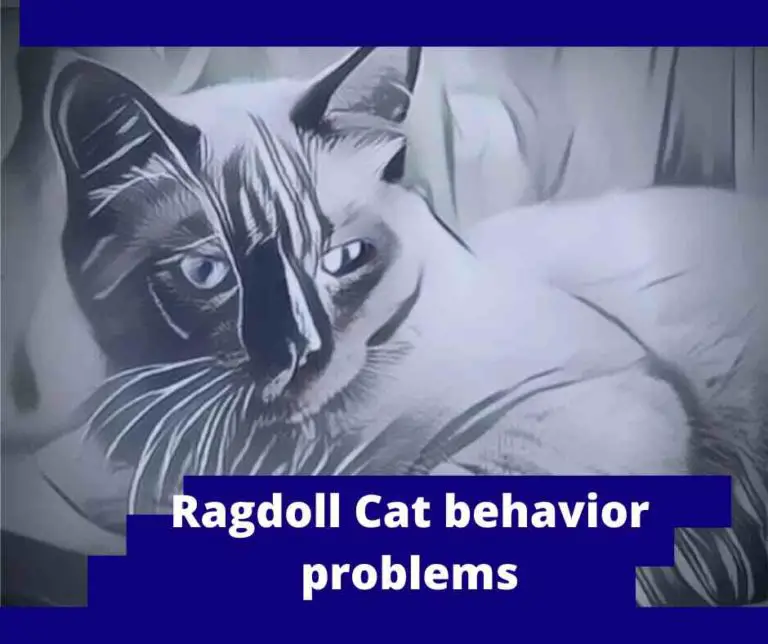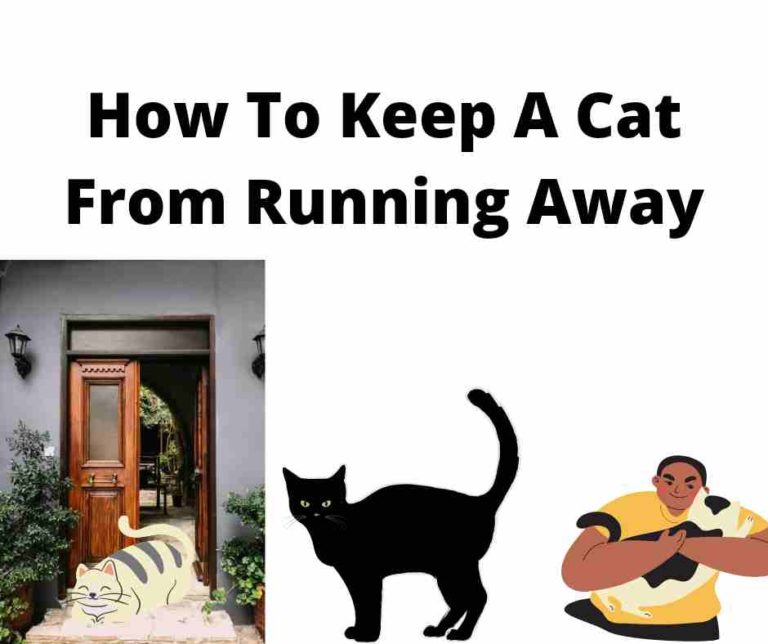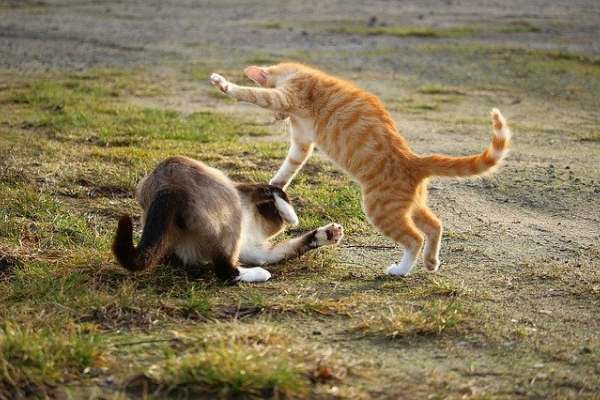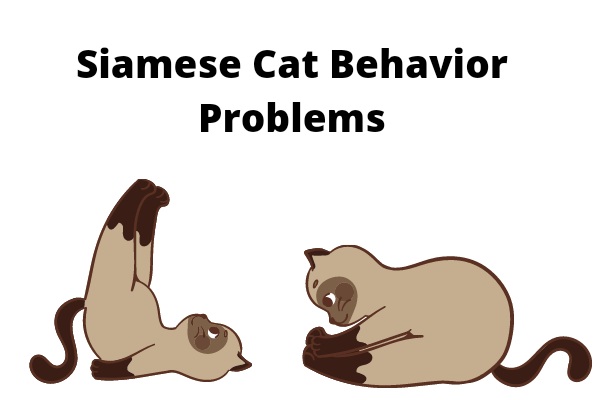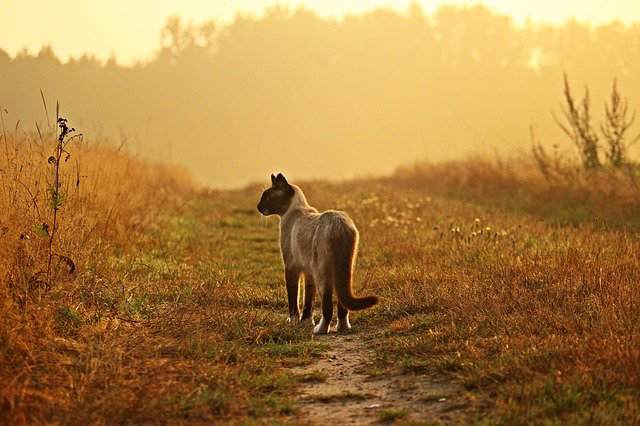Do Mainecoon Cats Get Along With Dogs: 6 Helpful Tips

Mainecoon lovers always as do Mainecoon cats get along with dogs if they want to keep more than one pet.
In this post, we will not only answer the question but also outline some benefits of getting a dog for your Mainecoon.
We will also take a look at how to properly introduce a dog to your resident Mainecoon to avoid unnecessary behaviors.
Mainecoon cats have a reputation for being sociable, laid-back, and gentle types of cats.
Let me quickly answer your question do Mainecoon cats get along with dogs before we continue!
Don’t forget to find out the common ways cats get worms from dogs!!!
Do Mainecoon Cats Get Along With Dogs
Mainecoon cats get along well with dogs because of their gentle, caring temperament.
Mainecoons are known for their calm and laid-back demeanor, making them ideal lap cats and companions.
They’re also known for accepting other pets, which makes them an excellent addition to any home.
If a Mainecoon cat and a dog are acquainted at an early age, they will get along swimmingly.
Introducing grown cats and dogs to each other is considerably more difficult than socializing puppies and kittens.
Keep in mind that some dog breeds have a strong predatory drive and may not get along with cats.
Mainecoons may form bonds with dogs and grow to love them, especially if they are introduced to them at an early age.
Find out more on reasons you should get a Mainecoon cats!
Dogs that get along with Mainecoons
Here is the list of dog breeds that gets along with Mainecoon cats:
- Collie
- French Bulldog
- Beagle
- Basset Hound
- Retrievers
- Pug
- Cavalier King Charles Spaniel
- Maltese
- Bichon Frise
Dogs that don’t really get along with Mainecoons
Here is the list of dogs that requires extra training and hard work to get them to like a Mainecoon cat:
- Shih Tzu
- Huskies
- Whippet
- Australian Cattle Dog
- Afghan Hound
- Irish Wolfhound
- Manchester Terrier
Why do Mainecoon cats need a companion dog
Here are some common reasons why Mainecoons need a companion dog:
- Mainecoons benefit from the company of dogs when it comes to overcoming separation anxiety.
- Mainecoon cats benefit from the presence of dogs in their lives to fight loneliness.
- Dogs can make your Mainecoon cat’s social life better.
- While you are away, dogs keep Mainecoon cats occupied.
- Mainecoon cats get along well with dogs.
- Dogs assist your Mainecoon cat in getting the necessary activity.
- Dogs aid in the bonding of Mainecoon cat families.
- Mainecoon cats benefit from the company of dogs to overcome boredom.
Find out the basic ways to care for a Mainecoon cat!!!
Things to consider before bringing home a dog for your Mainecoon
Here are some factors to consider before bringing home a dog for your Mainecoon or vice versa:
- The age of the dog
- The age of the cat
- Medical conditions or records of the dog
- Medical conditions or record of the cat
- The Personality of the dog
- The Personality of the cat
- Socialization status of the dog
- Socialization status of the cat
- The experiences of both the dog and cat.
- The individual breed of the dog and the cat.
- History of the dog breed and Mainecoon history.
Steps to introduce any dog to a Mainecoon cat
The following are the steps to introduce any dog to a Maine cat, or a Mainecoon cat to a dog:
Items you need before bringing a new dog home
Here are some things you need to buy before getting or bringing a dog home:
- A leash
- A harness
- A crate
- A separate room for the new dog
- Second drinking water can
- A training treats
- Feeding can or plate
- A dog bed
- A vet recommended dog food
- More play toys
- Blanket
Now let’s assume you already have a Mainecoon and you want to bring home a dog!
Find out the common things to consider before letting your Mainecoon cat go outside!!
Step 1: Prepare for the arrival of the new dog
This step entails creating a personal place for the new dog or cat.
Clean the area before putting the dog or cat bed, water container, litter box, cat trees, and other items in place.
Here are a few things to consider:
- Sweep all corners to make sure they’re clean.
- In the same cat room, create a little hiding spot for your cat.
- Placing your cat’s litter box in a handy location.
- Providing clean drinking water to the new dog or cat is a good idea.
- Keep a cat bed next to the refuge you’ve made.
- In the cat room, place a large cat tree for your cat.
- Check to see if the both rooms can be locked.
Step 2: Bringing home the new dog
To avoid a surprise assault, restrict your Mainecoon cat’s capabilities before bringing the new puppies down from the car or whatever means of transportation you selected.
Regardless of how thoroughly you think you’ve socialized your Mainecoon cat, make sure he doesn’t have access to the new dog.
Cats are superb hunters, with innate hunting talents as well as the ability to defend their territory by attacking.
Place the new puppy in his or her own room so he or she may explore his or her new surroundings.
Allow the new puppy time and room to acclimate to his new surroundings, and check on him 3–4 times each day to see how he’s doing.
Make sure your new puppy has everything he or she needs, and schedule a formal introduction once they’ve gotten used to their new home.
When your new puppy is ready to meet your Mainecoon cat, how will you know?
The new dog becomes courageous and stops hiding as soon as you enter the new dog room or space.
During this operation, let the new puppy move at his or her own pace.
Take your time, since your Mainecoon cat meeting will require the new dog’s confidence and courage.
Read more about Mainecoon Cats Aggression.
Step 3: Get both pets ready for introduction
The first thing you should do when you bring a new dog home is get them both used to each other’s natural scent.
One blanket for the dog and one for the cat should be placed on each pet’s bed.
Allow them to sleep on the blanket, then trade it so that they may absorb each other’s natural odors.
Two clean hand towels, one for the dog and one for the cat, should also be obtained.
Massage the cheeks and face of the cat with a hand towel.
Rub the cloth all over the cat’s body to acquire the natural fragrance of the animal.
To obtain the dog’s natural smell, rub the second towel over the dog’s armpit and neck region.
Transfer the dog’s towel to the cat’s sleeping area and the cat’s towel to the dog’s sleeping area.
Always give both pets a treat if they accept the fragrance exchange.
Step 4: Arrange for the first meeting of both pets
Begin by putting the pets behind a low-profile gate barrier and letting them to observe each other.
Reward them for their calm temperament and lack of bickering.
In the event of an unexpected assault, always leave a secure spot for your cat to run and hide.
Similarly, create a safe haven for the dog in the event of an unexpected attack.
Allow them to view each other via a small barrier fence or glass door before paying them and returning them to their cells.
Keep an eye on how well the two animals get along, particularly the Mainecoon cat, which is territorial.
Allow both pets to stay inside the barrier for two days at a time before moving on to the next level.
Step 5: Allow face to face meeting of both pets
Make sure both species are familiar with each other and the fragrance before allowing them to come face to face.
Because the cat is the owner of the house and the dog is a new member of the family, the dog is on a leash and lets the cat investigate.
Both animals should be praised for their politeness and unwillingness to escape from one another.
Allowing your dog off the leash for any reason is never a good idea, and keep an eye out for signs of distress.
Introduce a toy and allow both pets to examine each other and the toy if everything goes well and the dog feels comfortable.
Keep an eye on the dog at all times, and for the first several days, don’t look away from both pets.
Make sure your cat has access to bookcases, cat trees, and other areas where he or she may hide.
It’s essential to give your cat as much authority as possible during their first meeting.
Ensure that your dog is leashed and that your cat is free to roam.
Your cat should be allowed to approach or avoid your dog at all times.
Step 6: Keep an eye on both pets until they are friends
The physical meeting of your cat and dog is the final stage in the integration process.
Owners must be present at all times during this important period to ensure that both animals are returned to their bases as soon as possible if any problems develop.
This procedure should be repeated until both pets are at ease in the presence of one another.
Tips to help both pets adapt faster
The following is a simple strategy for introducing any dog to Mainecoon cats:
- Be mindful of both pets for the first several weeks since anything might happen.
- Never scream at any of the pets.
- Take your time with the operation.
- Praise positive conduct at all times.
- Provide a wide range of entertaining toys.
- A dog’s destructive impact on a cat should not be underestimated.
- You should never leave both pets alone for longer than a day at a time.
- Always make sure you show both pets the same level of love and dedication.
- Before making a choice, let both pets examine each other.
- Rep each process until you’re satisfied with the outcome.
How to make a dog and a Mainecoon feel the need to protect each other
When you have a dog as a companion for your cat, the dog must guard your cat and your cat protect your dog.
Here are some common tips that will help you teach both your cat and dog how to protect each other:
- Teach your dog the value of a cat by emphasizing the necessity of having a companion to keep it occupied while you are away.
- Always reward both the cat and the dog for staying together with treats.
- Always start a game in which both the dog and the cat are involved.
- Make the dog feel at ease around the cat at all times and always reward.
- Both of them should be exercised and the fetch game should be played simultaneously.
- Even while you’re at home, make sure they stay together.
- Allow the cat no access to the dog’s food, and store their food separately.

